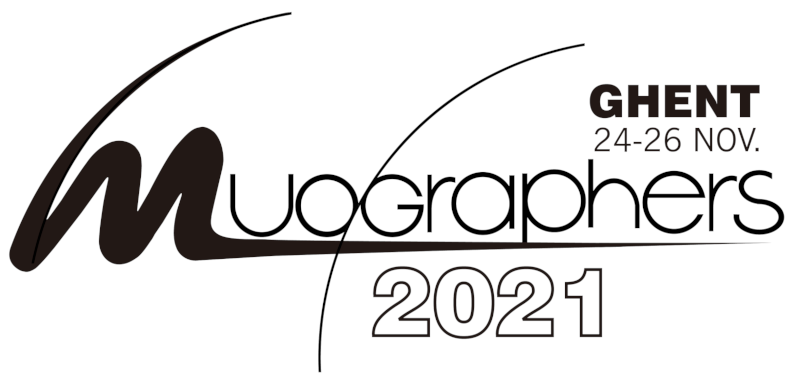Speaker
Description
It can be reasoned that many emerging scientific disciplines arise when the conventional sciences cross paths in a manner not seen before. Events like these may lead to the rapid development of new methodologies, concepts, and technologies as the collaboration between previously separate research communities forms a fruitful background to further developments. This is the case also with muography which – at least occasionally – combines as varied fields of human activity as particle physics, detector designing, software coding, archaeology, arts, and a multitude of geoscience and engineering applications. It is the cross-pollination between the people with varied backgrounds that makes muography such an interesting and rapidly developing field of research and drives the emergent commercial activities.
Muography deviates from conventional particle physics by providing more visual results for the audiences. It also differs from conventional particle physics by being an applying method, rather than a fundamental and deeply theoretical science. A multitude of geophysical methods are used in geosciences, but only a few can be traced back to the quantum world of particle physics. Hence, the conventional curriculums of geophysicists and geologists, for example, are rarely preparing the graduating scientists for the requirements of muography. As muographers, it is within our responsibility to develop muography further, so that it will overcome the barrier that still separates it from other geophysical subdisciplines. This can be carried out by active collaboration between the different research groups working in the field of muography. However, as the applications of muography vary drastically from one to another, we also need effective communication with the researchers of other sciences. In addition, we need outreaching projects that let us be seen, heard, and experienced in the media, science parks and art installations by the other scientists and public alike.
Due to the fact that muography applications are so drastically varied, muography is intrinsically transdisciplinary in character. A transdisciplinary science approach is one that integrates or requires various disciplines, concepts, and methods in order to make research possible. When the research problem is relatively simple (from the viewpoint of modern curriculums), the conventional research fields are applied (e.g., astroparticle physics, instrumentation, and geoscience work and develop separately). However, when the challenges are more complicated, the different disciplines need interaction that can be described as multidisciplinary or interdisciplinary, depending on how much there is overlap. There are, nevertheless, also research fields that require even more interaction between different disciplines than either the multi- or interdisciplinary approaches can offer. We propose that muography falls into this fourth category, which is called transdisciplinary research. The reasons why we believe so are explained in the present work.
